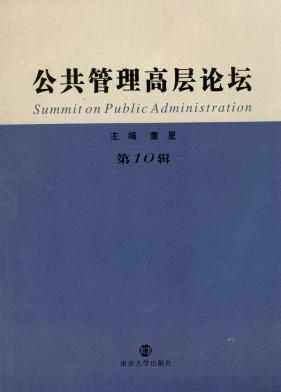Proof of Concept for Spectrum Sharing between Terrestrial and Satellite Networks
引用次数: 0
Abstract
Satellite communication systems are fundamental components to deploy the future smart and sustainable networks and to achieve the ambitious goal of bringing wireless connectivity anywhere, anytime, at any device. In this new role, one of the main challenges that satellite communication component has to face is the maximization of the spectrum usage. 3GPP communication technologies are extended from Terrestrial Networks (TNs) to Non-Terrestrial Networks (NTNs), but so far the standardisation efforts have been focused on systems where TNs and NTNs operate in their dedicated frequency bands. In this paper, a dynamic spectrum sharing model between NTN elements, in a Non Geostationary orbit, and TN is proposed. A Proof of Concept (PoC) is developed, in order to carry out the interference protection computation. We show that the developed spectrum sharing model can enable spectrum sharing between NTN and TN when their coverage areas do not have to overlap, that the sharing arrangement increases significantly the service coverage in the frequency band and slightly improves the spectrum utilization efficiency. It is also shown that the spectrum management system is able to manage the interference level and to keep the interference-to-noise ratio at the TN user equipment below the specified limit. In fact, the aggregate interference caused by the sharing arrangement does not decrease the capacity of the TN downlink.地面和卫星网络频谱共享的概念验证
卫星通信系统是部署未来智能和可持续网络的基本组成部分,并实现在任何地点、任何时间、任何设备上实现无线连接的宏伟目标。在这个新的角色中,卫星通信组件必须面对的主要挑战之一是频谱的最大利用。3GPP通信技术从地面网络(TNs)扩展到非地面网络(NTNs),但到目前为止,标准化工作主要集中在TNs和NTNs在其专用频段内运行的系统上。本文提出了一种非地球静止轨道NTN元素与TN之间的动态频谱共享模型。为了进行干扰保护计算,开发了概念验证(PoC)。我们的研究表明,所开发的频谱共享模型可以在NTN和TN的覆盖区域不重叠的情况下实现频谱共享,这种共享安排显著增加了频段内的业务覆盖,并略微提高了频谱利用效率。结果表明,该频谱管理系统能够控制干扰水平,使TN用户设备的干扰噪声比低于规定的限值。实际上,由共享安排引起的聚合干扰并不会降低TN下行链路的容量。
本文章由计算机程序翻译,如有差异,请以英文原文为准。
求助全文
约1分钟内获得全文
求助全文

 求助内容:
求助内容: 应助结果提醒方式:
应助结果提醒方式:


